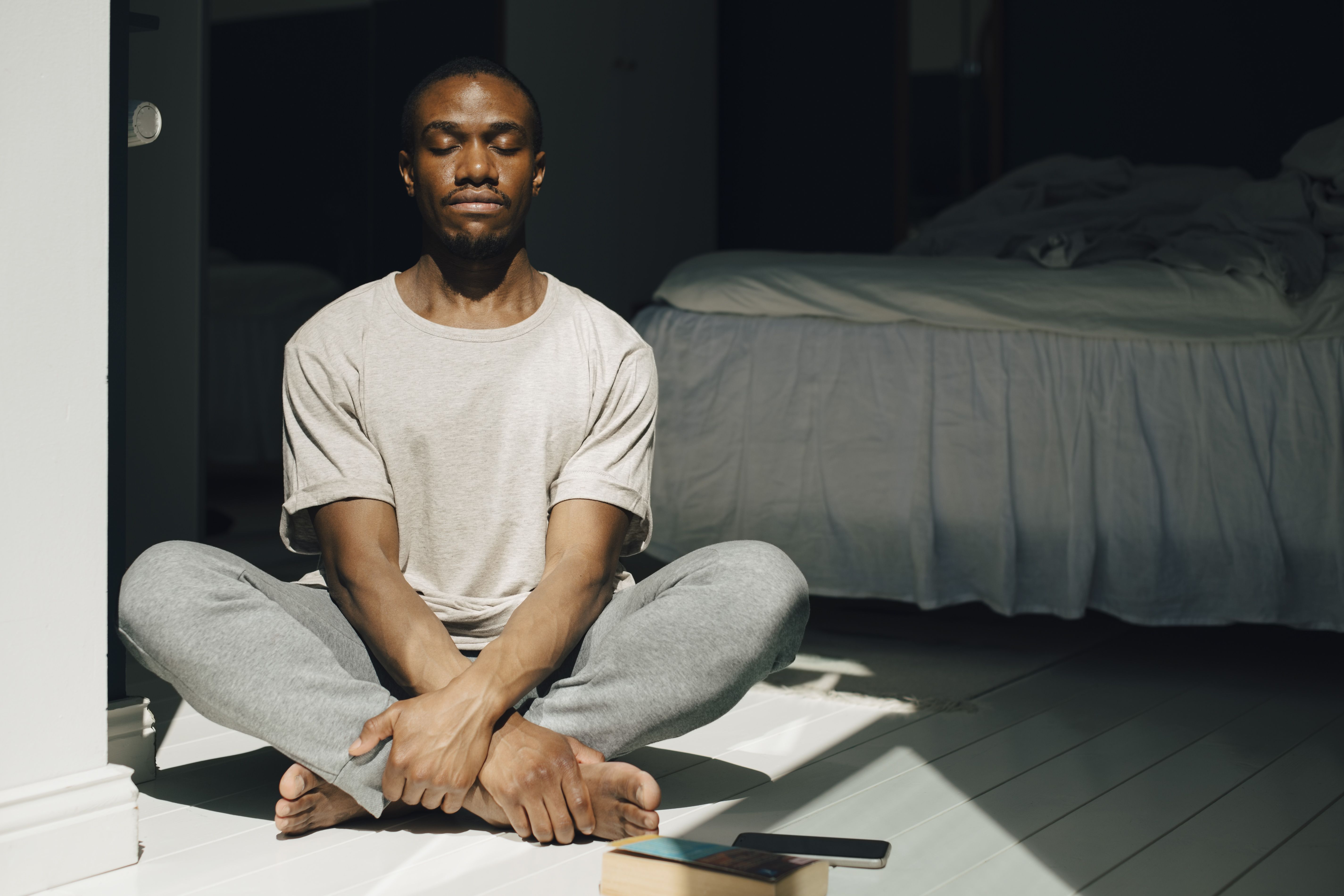A Step-by-Step Approach on How to Meditate? for Anxiety Relief
A Step-by-Step Approach on How to Meditate? for Anxiety Relief
Blog Article
Exactly How to Meditate: A Step-by-Step Method to Achieving Mindfulness and Tranquility
Reflection serves as a powerful device for accomplishing mindfulness and emotional tranquility in a fast-paced globe. By comprehending the essential concepts and methods included in meditation, people can cultivate a technique that enhances their total health.
Understanding Meditation
Recognizing reflection entails understanding its essential concepts and strategies, which function as the foundation for the technique. At its core, reflection is a mental workout focused on advertising relaxation, constructing interior energy, and developing concern and insight. The technique urges people to concentrate their interest, commonly through methods such as deep breathing, visualization, or concept repeating.
Meditation can be classified into various styles, consisting of mindfulness, transcendental, and loving-kindness reflection, each with distinctive purposes and approaches. Mindfulness reflection highlights present-moment awareness and non-judgmental monitoring of ideas and sensations, while transcendental reflection includes making use of specific rules to transcend normal idea processes. Loving-kindness meditation concentrates on establishing a mindset of love and concern towards oneself and others.
Regardless of the strategy used, the main goal stays regular: to grow a deeper understanding of the mind and its patterns. This self-awareness fosters emotional strength, quality of idea, and a profound feeling of calmness (How to meditate?). By understanding these strategies and principles, people prepared for an effective meditation method that can considerably improve their general health
Planning For Your Practice
Before starting your reflection practice, it is important to develop a setting favorable to concentrate and relaxation. Make certain that the area is totally free and clean of clutter, as a tidy environment can help get rid of the mind.
Consider the illumination, as natural light can enhance your state of mind and power. Soft, cozy lights is commonly much more calming than extreme fluorescent lights. Additionally, pick a comfortable temperature level, guaranteeing that you are neither too warm nor too chilly.
Incorporating elements that promote serenity can better enhance your experience. This may include soft cushions or blankets for comfort, in addition to calming scents from important oils or scent. It can also be useful to have actually a timer established for your reflection session to stop interruptions from clock-watching.
Fundamental Meditation Methods
Another reliable strategy is body check meditation. This involves emotionally checking your body from head to toe, discovering any kind of areas of stress or pain and consciously unwinding those muscle mass. This technique cultivates a deeper connection between your body and mind.

Last pop over here but not least, loving-kindness meditation concentrates on cultivating empathy in the direction of yourself and others. Silently repeat phrases of a good reputation, boosting psychological well-being and interconnectedness. Each of these techniques functions as a structure for your meditation journey, allowing you to discover the technique that resonates finest with your personal method.
Preserving Emphasis and Mindfulness

Developing a devoted meditation space can boost the capability to preserve mindfulness. A quiet, minimalist atmosphere reduces diversions, allowing for much deeper immersion in the practice. In addition, setting a time limit can assist manage assumptions; beginning with much shorter sessions might relieve the change into longer methods.
Making use of strategies such as body scanning or observing experiences can additionally bolster mindfulness. These methods urge specialists to stay present and involved with their physicality, anchoring their attention in the minute. Normal practice is vital; the mind constructs resilience gradually, producing a more powerful capacity for emphasis.
Incorporating Meditation Into Every Day Life
Incorporating meditation into daily life can transform regular tasks into possibilities for mindfulness and self-reflection. By incorporating mindfulness techniques into common tasks, people can grow a higher sense of presence and serenity among the busyness of everyday life.
Begin by recognizing minutes throughout your day where you can stop and exercise mindfulness. For example, throughout your early morning commute, focus on your breath or the sensations of the environment around you. In the cooking area, method food preparation as an introspective method, relishing the textures, shades, and scents of the active ingredients. Also ordinary activities like walking or washing dishes can become possibilities read the article for meditation by directing your focus to the sensations of movement and the audios bordering you.
Furthermore, setting aside devoted times for reflection can strengthen its practice. Begin with short sessions, gradually boosting duration as you come to be much more comfy. Use reminders or signs-- like a particular time of day or a relaxing sound-- to establish uniformity.
Inevitably, the objective is to weave mindfulness into the material of day-to-day live, allowing you to come close to each minute with purpose, thus improving your general sense of health and clearness.
Conclusion
In final thought, reliable reflection requires a quiet environment, a comfortable position, and a focus on the breath. Normal meditation, even in short sessions, promotes a much deeper link to the existing moment, ultimately leading to higher calm and mental clearness in day-to-day life.
Reflection can be classified into numerous designs, consisting of mindfulness, transcendental, and loving-kindness meditation, each with distinctive functions and methods. Mindfulness meditation stresses present-moment recognition and non-judgmental observation of feelings and thoughts, while transcendental reflection includes the usage of specific concepts to go beyond common idea procedures.With your reflection area prepared, it's time to discover numerous standard reflection methods that can help cultivate mindfulness and inner peace.Constantly maintaining focus and mindfulness during meditation can be challenging, especially for those brand-new to the technique.Establishing a dedicated reflection area can boost the capacity to preserve mindfulness.
Report this page